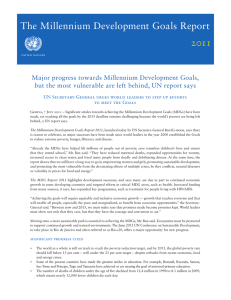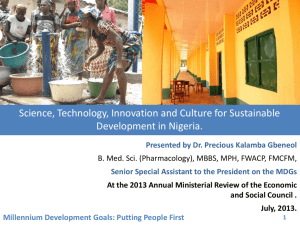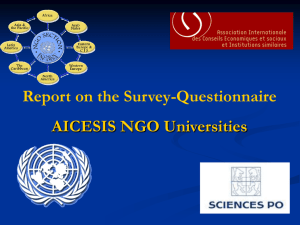Reading of Resource paper
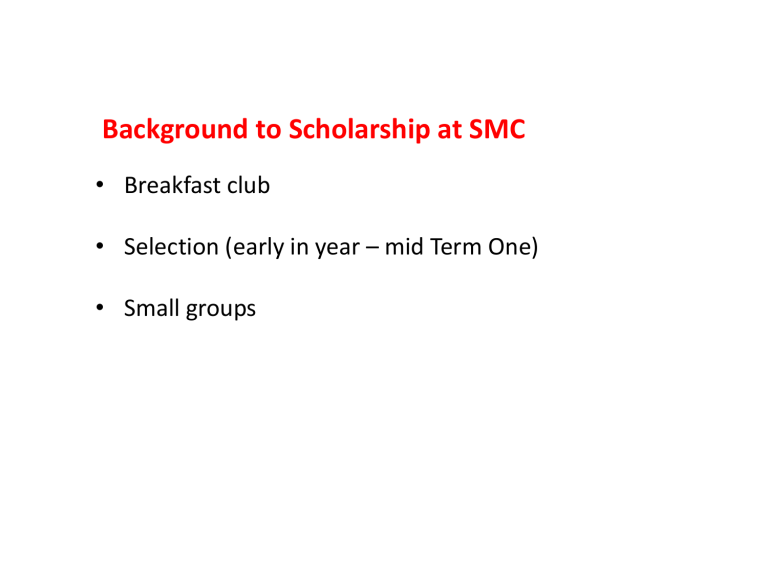
Background to Scholarship at SMC
• Breakfast club
• Selection (early in year – mid Term One)
• Small groups
Structure of geography scholarship programme
After school lessons beginning Term 3 – T4 exams
Alternate short (15 minute slot) to long (1 hour lesson)
Resources?
1.
Scholarship papers
- 2004 Electricity Aqua
- 2007 Desertification
- 2011 Water Scarcity
- 2012 MDGs
2.
Students can gather own – news items etc.
3.
Readings issued
Lesson Focus
1. What is scholarship geography?
2. Perspectives and concepts
3. Use of visuals
4. The resource booklet
The resource booklet and how to deal with it.
Time is an issue
Total exam time = 180 minutes (3 hours)
Three essay questions
Reading of Resource paper
50 minutes for each?
20 minutes reading time?
Issues?
Reading time ranges from 20 – 35 minutes.
(and that may be just reading)
Need to be able to decipher material and make connections
One thing that I try to get students thinking about HOW they read the resources.
Note- just one way of doing this
1. Familiarisation with the examination paper –
Read the essay questions and highlight the key focus of each
2012 paper MDGs
QS 1
Fully justify which ONE of the Millennium Development Goals you believe is the most important for these countries to concentrate on.
QS2
Critically evaluate why some countries, places, or regions have made greater progress towards achieving the Millennium Development Goals than others.
QS3
“ Achieving these Millennium Development Goals incurs a cost, not only monetary (estimated to be $40-$60 billion per year), but also social and environmental. Are the costs worth it the benefits?”
Critically analyse this statement, referring to different perspectives
A Scholarship teaching plan
St Mary’s College
LIFE BEGINS AT
CONCEPTUALISATION!
2012 paper MDGs
QS 1
Fully justify which ONE of the Millennium Development Goals you believe is the most important for these countries to concentrate on.
QS2
Critically evaluate why some countries, places, or regions have made greater progress towards achieving the Millennium Development Goals than others.
QS3
“ Achieving these Millennium Development Goals incurs a cost, not only monetary (estimated to be $40-$60 billion per year), but also social and environmental. Are the costs worth it the benefits?”
Critically analyse this statement, referring to different perspectives
2. What are the key points to search for in the resources?
A mind map / annotated diagram could be helpful
The most impt. MDG?
Why some made greater progress?
Costs worth the benefits?
3. Hand out a photocopied resource book as students will be highlighting relevant points
Stop every so often for them to annotate their ‘essay’ mind maps
Empower women? Educate their children
536,000 women die child birth
“Gender = has large multiplier effect on other MDGs”
The most impt. MDG?
To improve the lives of LEDCs
8 -primary education?
Literacy = knowledge = development
3 out of 7 could make progress in education if some changes made
Sub Saharan Af . no progress 10 / 16 targets
Why some made greater progress?
By 2015 2 years!
Costs worth the benefits?
Lesson plan continued
5. A geographic issue (critical thinking)
6. Drawing diagrams
7. Essay writing
8. Practice:
First essay
Diagram
Second essay
9. Recap- what have we learned?
10. Practice exam - November
11. Feedback and pointers
Perspective activity:
To follow on from discussion and hand-out of types of perspectives
Taken from 2004 paper Project Aqua
Paper focus- electricity production (generation of, perspectives, issues)
The task is based upon quotes taken from the resource paper
• Task 1 to match the specific perspective to the definition
• Task 2 to match the perspective to the quote
There is also a homework activity. (builds on perspectives and introduces some critical thinking)
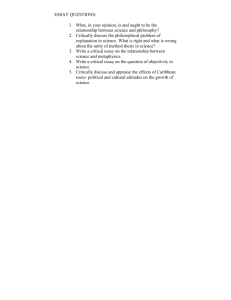

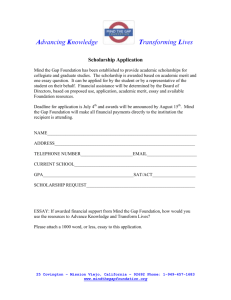
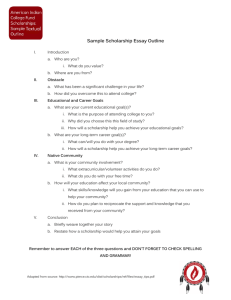

![Bourse Loran Scholarship [formerly the CMSF National Award]](http://s3.studylib.net/store/data/008459991_1-b0aaf3db7ad79ae266d77380f9da023a-300x300.png)
